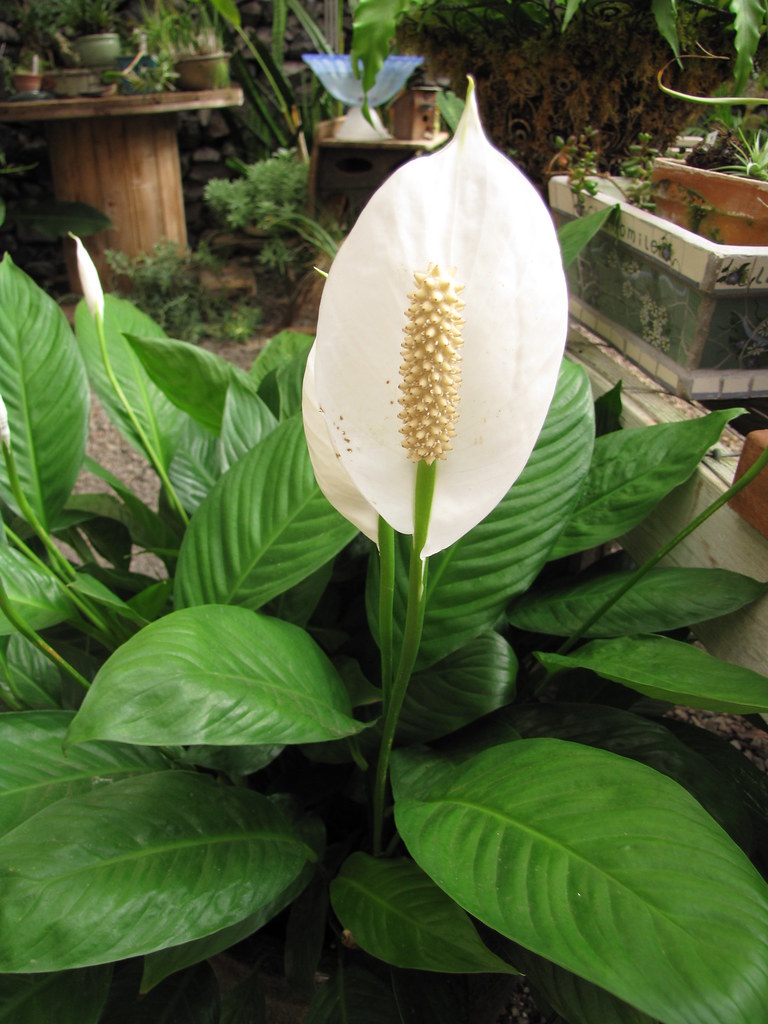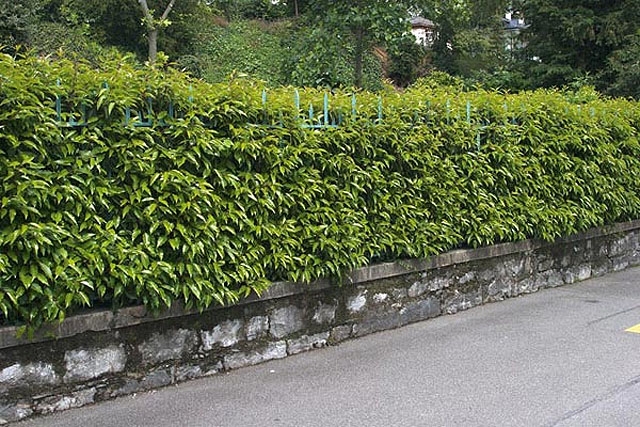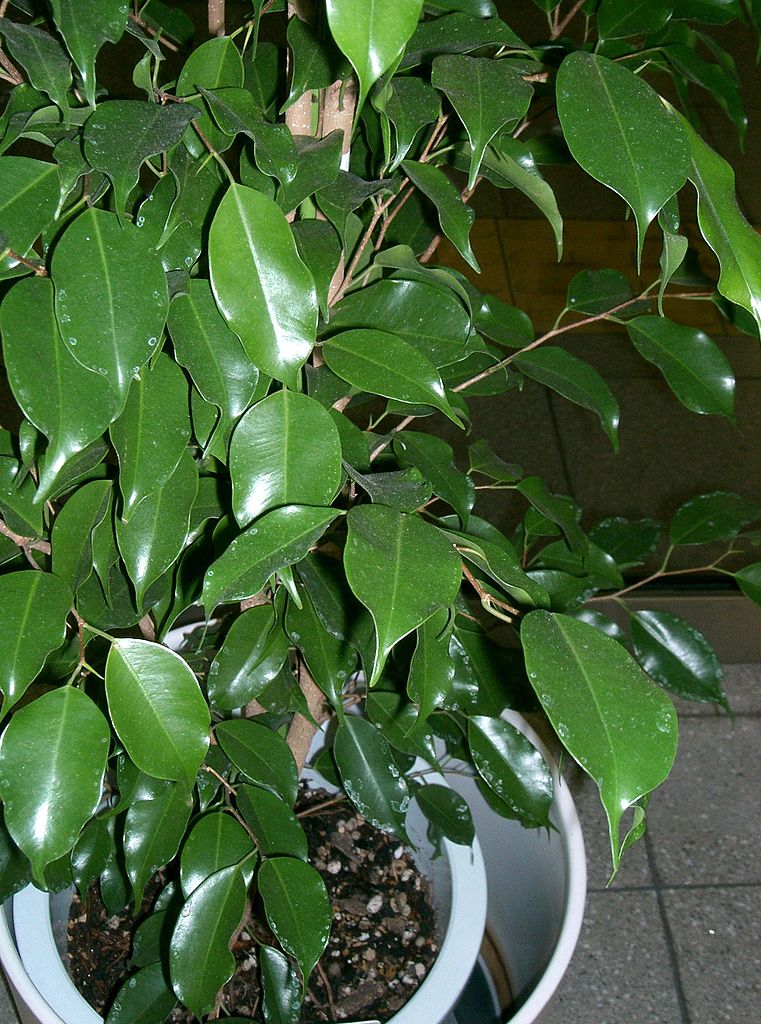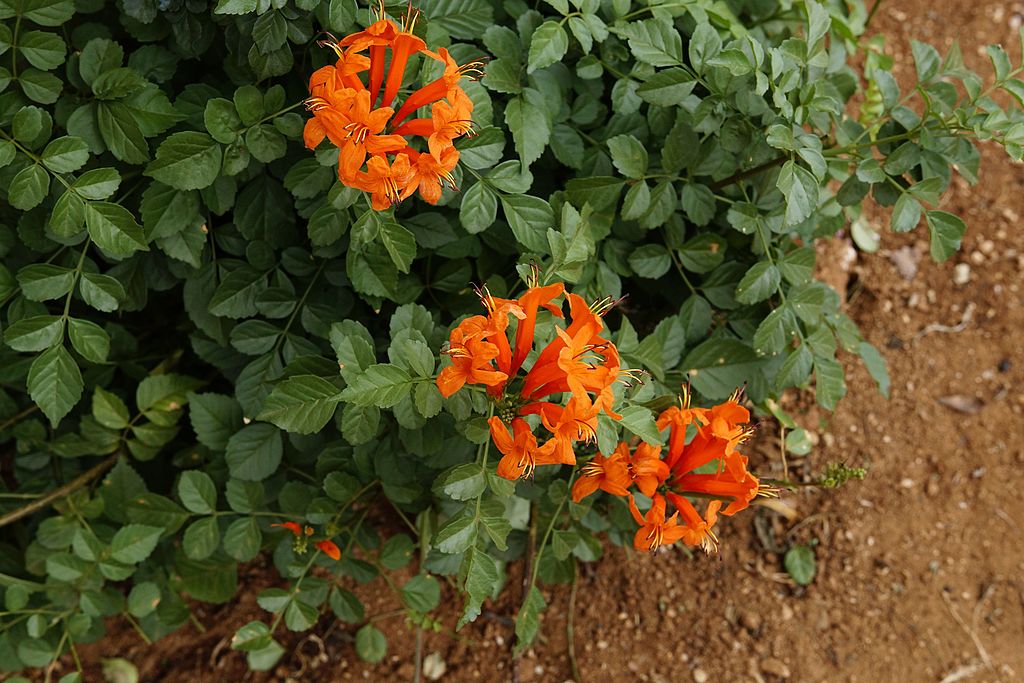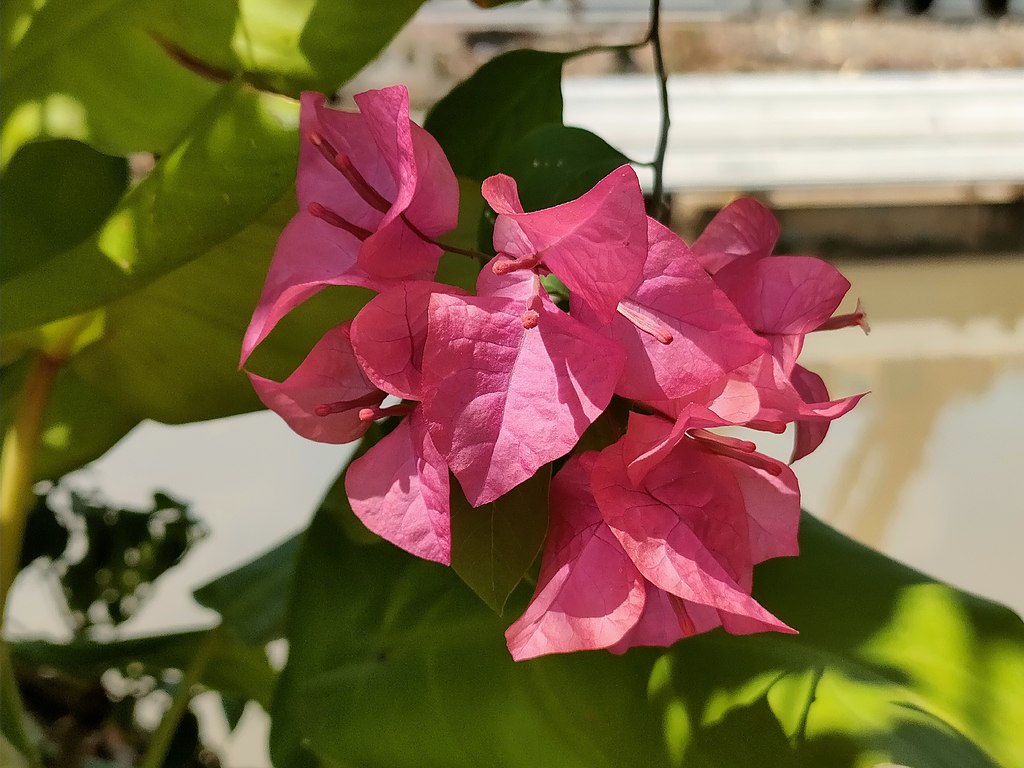The Peace Lily originates from the tropical rainforests of Colombia and Venezuela, a real shadow plant which loves a warm, humid environment. In 1870 the plant was introduced into Europe and has experienced a huge amount of development since then.
The official name of the Peace Lily, Spathiphyllum, is derived from the Greek words for spathe (σπάθα) and leaf (φύλλο). The plant has received extra attention over the last few years through the NASA Clean Air Study. They were researching how to purify the air in space stations and the Peace Lily turned out to purify air better than the average plant.
The Spathiphyllum grows gorgeous white to yellow flowers known as a spathe. It has green glossy leaves with long flowering stems growing in different light conditions. The flowering plants belong to the Araceae family, and some plant lovers also refer to it as the spath lily.
Note: What we call “flowers” in Peace Lily plants are actually big white to yellow bracts, a modified white leaf surrounding a cluster of tiny flowers on a stalk.
As an outdoor plant can reach up to 2 meters tall. As an indoor plant grows to 1 meter tall.
All plants absorb carbon dioxide and emit oxygen. NASA recommends therefore that a house of 160 square metres, should have between 15 and 18 large plants. The amount of soil is also important because micro-organisms in the soil also absorb small amounts of air pollutants.
How to grow peace lily plant (Spathiphyllum) indoors
Peace lilies are a popular houseplant known for their elegant white blooms and dark green leaves. They’re said to bring a calming sense to a space, so much so that they’re often given as sympathy gifts.
Peace lilies are native to the tropics, which means they prefer warm, humid conditions.
As an indoor plant grows to 1 meter tall.
Light
Keep your peace lily plant in bright, indirect light, and avoid exposing it to direct light.
Peace lilies (spathiphyllums) prefer bright, filtered light when grown indoors.
Place them near a window that gets a decent amount of sun.
Take care not to place them directly on the windowsill – they don’t like direct sun, and that amount of light could end up burning the leaves. The ideal position is to place your peace lily on a table or plant stand near a south-facing window.
If you notice the peace lily leaves curling or looking pale, it receives too much light while scorched foliage is too much direct sunlight.
Soil
Peace lilies enjoy growing in a loose potting mix with a lot of organic matter.
They prefer soil with deteriorating plant matter. A soil that mimics their native environment in Central America.
Plant’s roots are sensitive to damp soil, and having well-draining soil with enough drainage holes is essential.
Peace lilies are happiest when they’re somewhat root-bound.
However, when the plant has clearly exceeded the capacity of the pot, it can be potted up to a larger container in the early spring.
Water
Peace lilies prefer being under-watered rather than overwatered. How often you should water a peace lily depends on container size and how fast the soil drains, but, in general, water when the top 3 centimeters of soil has dried out.
During the warmer months, you can mist your plant frequently. While in winter, you can slow down with the watering but never leave the soil to dry completely. You can use tap water if it isn’t too chlorinated.
Tip: To remove chlorine from tap water, let it sit for several days until the chlorine evaporates and use it afterwards to water your plants.
Temperature
The ideal temperature range for your peace lily is 18 to 27 degrees Celsius.
Your peace lily prefers moisture and warmth.
The best is to find a spot away from cold temperatures below 16 degrees Celsius. It will die when exposed for too long to the cold if left in these temperatures.
Pruning
After peace lily’s flower has bloomed for a while, it will naturally start to turn green and droop.
Once a stalk has made one flower, it won’t make any more– after the flower fades, the stalk will eventually brown and die as well. Peace lily pruning should be done at the base of the plant. Cut the stalk off as close to the bottom as you can. This will make room for new stalks to emerge.
Sometimes leaves yellow and start to shrivel up. This may be due to under watering or too much light, but it can also happen just because of old age. If any of your leaves are turning color or drying out, just cut the offending leaves away at their base.
How to grow peace lily plant (Spathiphyllum) outdoors
Peace lilies are tropical plants. So they can only be grown outside in areas where the average minimum winter temperature is between -1.1 to 12.0 degrees Celsius. If you have your peace lilies in pots, you can place them outside when the weather is warm enough and bring them back in, when the temperature drops.
When grown outside a Peace lily plant can reach up to 2 meters tall.
Peace lilies can be grown outdoors if you live in a suitable hardiness zone. The recommended USDA hardiness zone for Peace Lilies is 10-12. They grow best in tropical and subtropical climates². If you live outside these zones, your best bet is to grow Peace Lily in a pot.
Light
The best location to plant peace lilies outdoors is a sheltered spot with dappled sunlight or early morning sunlight. Peace lilies can’t tolerate direct sunlight because it causes leaf scorch. Choose a spot in the garden that is protected from strong winds and where the water doesn’t pool after heavy rain.
Soil
Peace lilies prefer moist but well-drained soil. Before planting, you can prepare the soil by digging in some broken down compost or soil improver. Dig a hole large enough to fit the root ball and place the plant in the bottom of the hole. Fill the hole with soil and give the plant a thorough watering.
Water
Peace lilies like soil that is consistently moist but not waterlogged. Water your peace lilies in the garden once a week or more during warm weather, especially if you’re not getting much rain. If the foliage starts to droop, it’s a sign that the plant needs more water.
Temperature
The ideal temperature range for your peace lily is 18 to 27 degrees Celsius. These plants cannot withstand temperatures below 12.7 degrees Celsius so make sure the temperature is not below this on winter nights.
Fertlizer
Peace lilies planted in the garden don’t need a lot of fertilizer but they’ll benefit from the application of a slow release fertilizer in spring. You can also use a balanced liquid fertilizer every 2-3 weeks during the growing season.
Identify and treat problems with peace lily plant (Spathiphyllum)
Peace lilies are relatively easy to care for, but like any plant, they can experience some problems. Here are some common issues and how to deal with them:
Yellow leaves
This can be caused by a variety of factors, including overwatering, underwatering, or exposure to direct sunlight. Adjust your watering schedule and move the plant to a location with indirect light.
Brown leaf tips
This is often caused by dry air or a buildup of minerals from tap water. Increase humidity around the plant by using a humidifier or placing a tray of water near the plant. Water with distilled or rainwater to avoid mineral buildup.
Drooping leaves
This is usually a sign that the plant needs more water. Water your peace lily thoroughly and make sure the soil stays consistently moist but not waterlogged.
Root rot
This is caused by overwatering and can be identified by black or mushy roots. Trim off the rotten roots and let the soil dry out before watering again. Consider repotting your peace lily in fresh soil.
Pests
Common pests that affect peace lilies include thrips, mealybugs, aphids, spider mites and fungus gnats. These pests can be managed with the right pesticides or by using natural remedies such as neem oil or insecticidal soap.
Mosaic virus
This is a relatively uncommon viral infection that can spread between Peace Lily plants and other affected species. Once a plant becomes infected, new leaves may show a mottled pattern of light color over the usual dark green shade. It’s impossible to treat a plant with this virus.
Fungus gnats
Fungus gnats are common due to the high demand for water from this plant. To avoid this plague, ensure that your topsoil dries out between watering.
Leaf blight
A particular water mold, specifically Phytophthora nicotianae, can result from splashed water, warm temperatures, and humidity. As a result, black and brown spots will appear on your peace lily’s leaves. You’ll want to trim off the infected leaf portions and repot your plant.
Mealybugs
Mealybugs are another pest that – if necessary – can be managed with the right pesticides. These creatures are a kind of aphid and look like little balls of fluff.
Aphids
Aphids are small sap-sucking insects that can cause damage to your peace lily plant. You can gently remove them with rubber gloves or get some plant-safe aphid pesticides from your local supplier to manage them.
Tags: ORNAMENTAL PLANTS

